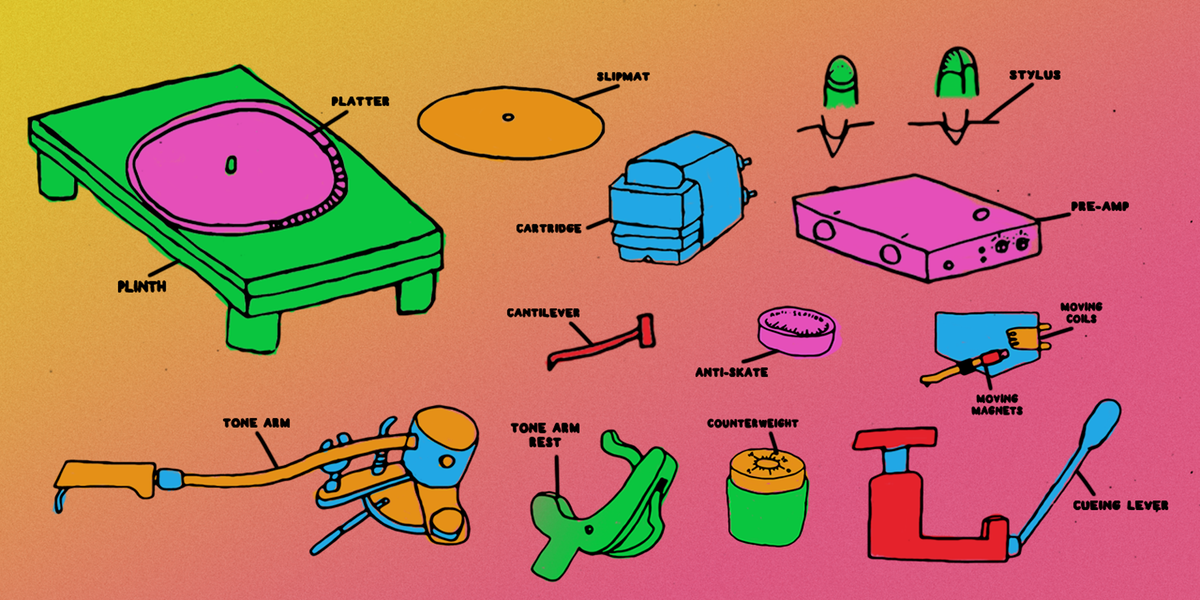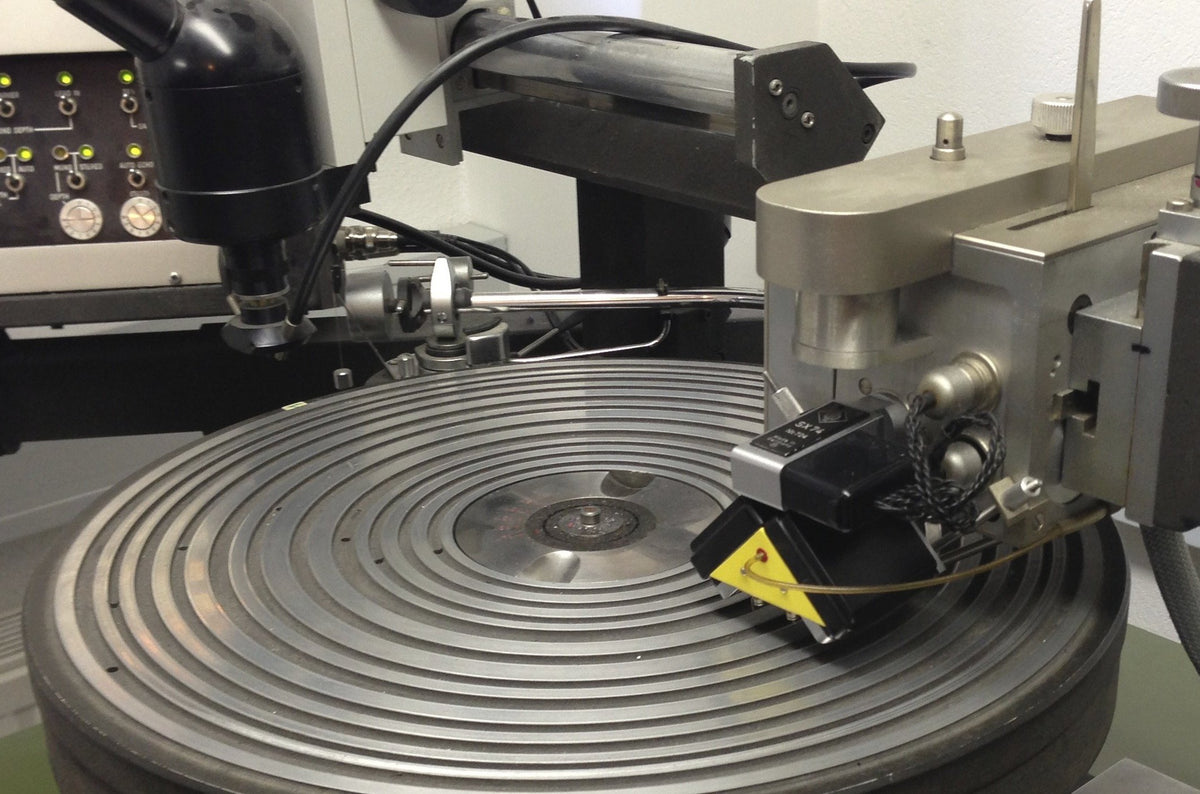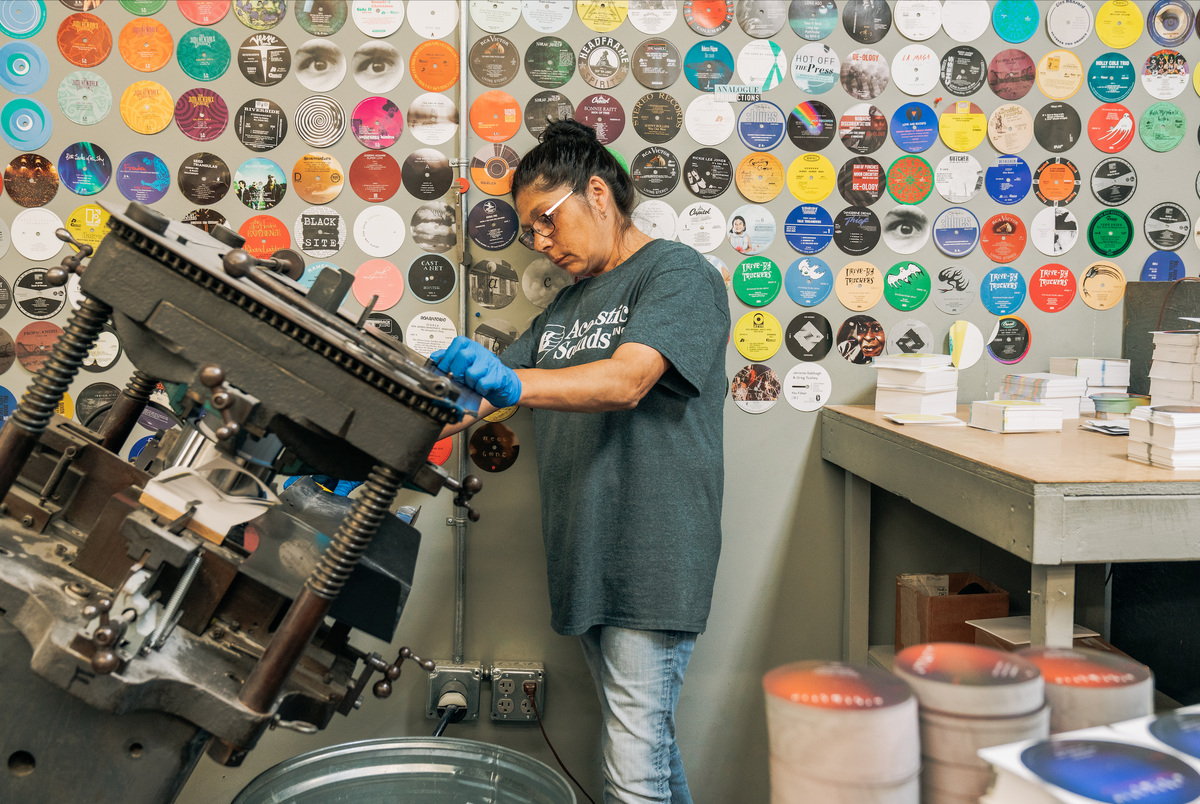The upcoming release of Forever On My Mind represents the first time that this Son House performance has been commercially available anywhere. The process by which an almost-forgotten collection of amateur recordings has been turned into a record is a fascinating one, and I spoke to Ryan Smith, the Senior Mastering Engineer at Sterling Sound and the individual responsible for the process. Smith kindly made some time for a Zoom call with me, which he took from the control desk of one of the studios in Nashville.
The process itself began literally with a box of tapes. “When they handed the box of tapes to me nearly three years ago, they didn’t even really know what they had. It was, even at the time, a non-professional recording on reel-to-reel tapes,” Smith explained. “There were a variety of tapes [Dick Waterman] had access to, and every single one of them had a slightly different format. Some were half-track, some quarter-track.”
The first requirement was to determine what was actually present on the tapes. They hadn’t been played in a number of years, and the contents were not listed. “One of them just had a Joe Cocker record on it, home taped off an album,” Smith said, laughing. “The main Son House tape was on a seven-inch reel rather than a full-size studio reel, and this was the normal recording medium before compact cassettes. It took a little figuring out what we had and how it was originally set up. Luckily, we have all flavors of tape playback here.” Determining which of those machines was needed is no small undertaking on its own. “We have a magnetic viewer, like a little plastic disc with some magnetic material in the middle of it,” Smith explained. “You set it down on the tape and magnetic particles scatter to show the tracks on the tape.”
Some good news came from the tape’s age. “Some tapes actually have to be baked to get them to play,” noted Smith, “But these were older than that and made from the type of material that doesn’t need baking.” Nor did the positivity end there: “My recollection was that they were in pretty good shape,” he said. “You kind of get the feeling that someone had gone to the effort of recording the concert, come home, put it in a box in a closet and left it for 40 years. It didn’t feel like something that had been played a hundred times over.”
Both of these strokes of good fortune helped with the conversion process. “I don’t recall having to do too much in the way of after-the-fact restoration,” Smith said. “I did transfers of it all and gave them to Dan Auerbach [Black Keys member and owner of Easy Eye Sound] and his engineer, and they went through it and decided what they wanted to use and not use.” It should be stressed that this doesn’t mean there are significant sections of the performance missing. Live music is not inherently friendly to vinyl. This recording, like many others, featured extended silences and didn’t naturally break into two preformed sides of a record. “From there, it came back to me for mastering and vinyl cutting,” Smith said.
The mastering process involved digitizing the recording, something that may upset purists, but Smith explained the rationale behind doing so: “When the concert recording took place, there wasn’t any thought given to it becoming a record. To record vinyl from tape, everything has to be perfectly set, with the recording as it is going to be, and to edit this and correct various issues, it really requires digitizing.” The intention from the outset was to treat the recordings with a light touch. “On a tape that old, and on a consumer, lo-fi-ish recording, obviously it’s not going to be as naturally clear as a professional studio record,” he said. “We wanted to lift the veil a little bit but without any extreme measures.”
Some of this process is as fundamental as taking into account the recording hardware and compensating for its mechanical limitations or user error. Smith possesses the same professional modesty that many people who are very good at what they do display, and he underplays his role in this. How Forever On My Mind sounds, though, is a testament to the accrued experience he has of hearing something and knowing how it likely deviates from the actual sound in the room.
Smith is also effusive about the role of Sterling Sound’s facilities in the process. “The studio we’ve built here and the signal path — all the things it takes to get the source music onto the disc — we’ve put a lot of work into this and have a dedicated technical team that has rebuilt a bunch of our equipment or upgraded it. We’re able to get things on the disc exactly as we want them,” he said. The studio he’s sitting in is relatively new, but exudes a “just so” element of perfectionism to its design and construction that engenders a certain confidence that Smith and everyone else at Sterling knows their trade implicitly.
The studio also has access to hardware that borders on the unobtainable now, as Smith explained. “Sterling has been around since the late ’60s, and we’ve always had access to this equipment, even when other people didn’t want it. Our [record cutting] lathe, we got it for literally a fraction of the price it would be worth now.” The lathe was used to create an acetate at standard speed, rather than a half-speed master. Smith explained that it’s technically possible with the hardware available to Sterling, but neither he nor the rest of the company necessarily feel that the benefits outweigh the issues in terms of setup and disruption from going half-speed.
Smith is justifiably proud of the end result. “There’s always an element of history and a research aspect of these projects when you’re going back on something old, thinking about where it came from and how it was created,” he said. In some ways though, Forever On My Mind is unique even in this context. “It’s not a reissue, it’s a lost recording,” Smith said. “I’m listening to this tape and thinking I’m one of three or four people who’s ever even heard it. Part of the job is to give other people, the listeners, the experience of what was a super intimate concert and you want to present it as such. You get the feeling you are at a college and saw a poster that said ‘Son House live,’ and you walk in and see this old guy playing these amazing old blues songs. Hopefully it gives them a little bit of that ‘you are there’ feeling.”
‘Forever On My Mind’ is available to pre-order now in the VMP store. The clear with black and orange splatter vinyl is limited to 1,000 pressings.
Ed is a UK based journalist and consultant in the HiFi industry. He has an unhealthy obsession with nineties electronica and is skilled at removing plastic toys from speakers.
Related Articles
Join the Club!
Join Now, Starting at $36Pages









